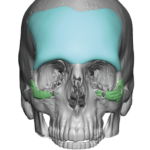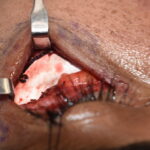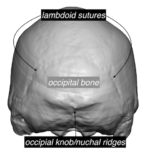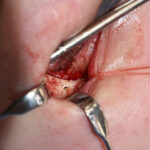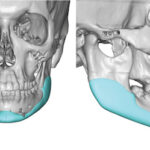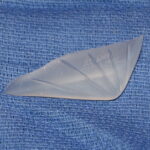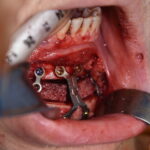Plastic Surgery Case Study – ePTFE Sheets for Secondary Contouring Of Bone Cement Skull Augmentations
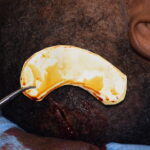
Background: The historic approach to aesthetic skull augmentations was with the use of bone cements. While still available today they have largely been replaced by custom skull implants in my practice due to their preoperative designs, superior augmentation effects and the ability to have them placed through small scalp incisions. The only exception to the Read More…



